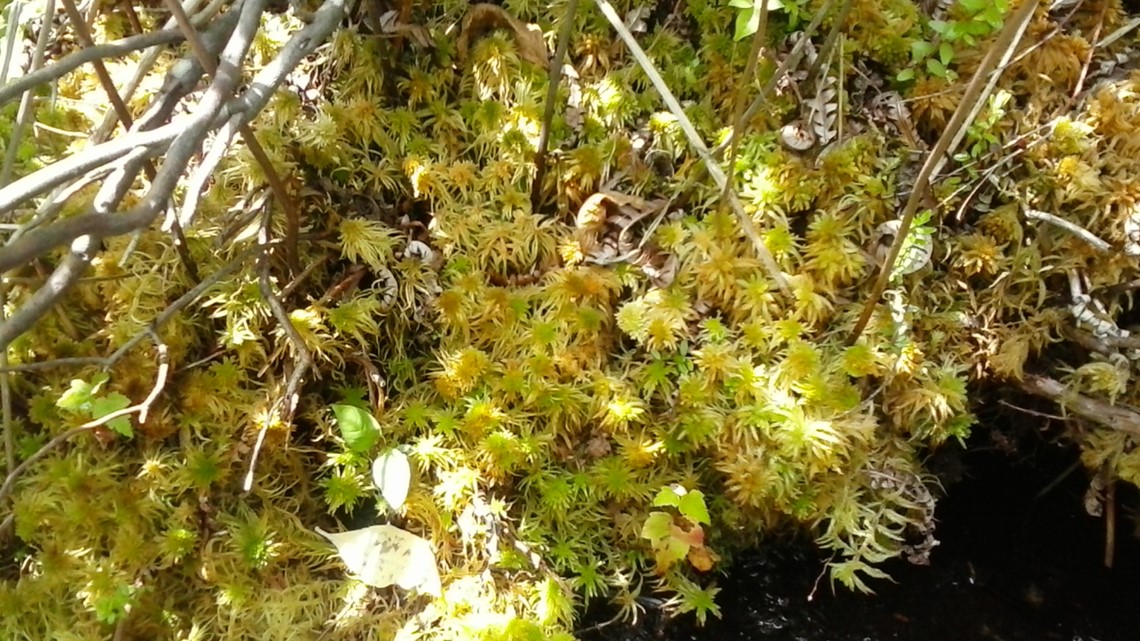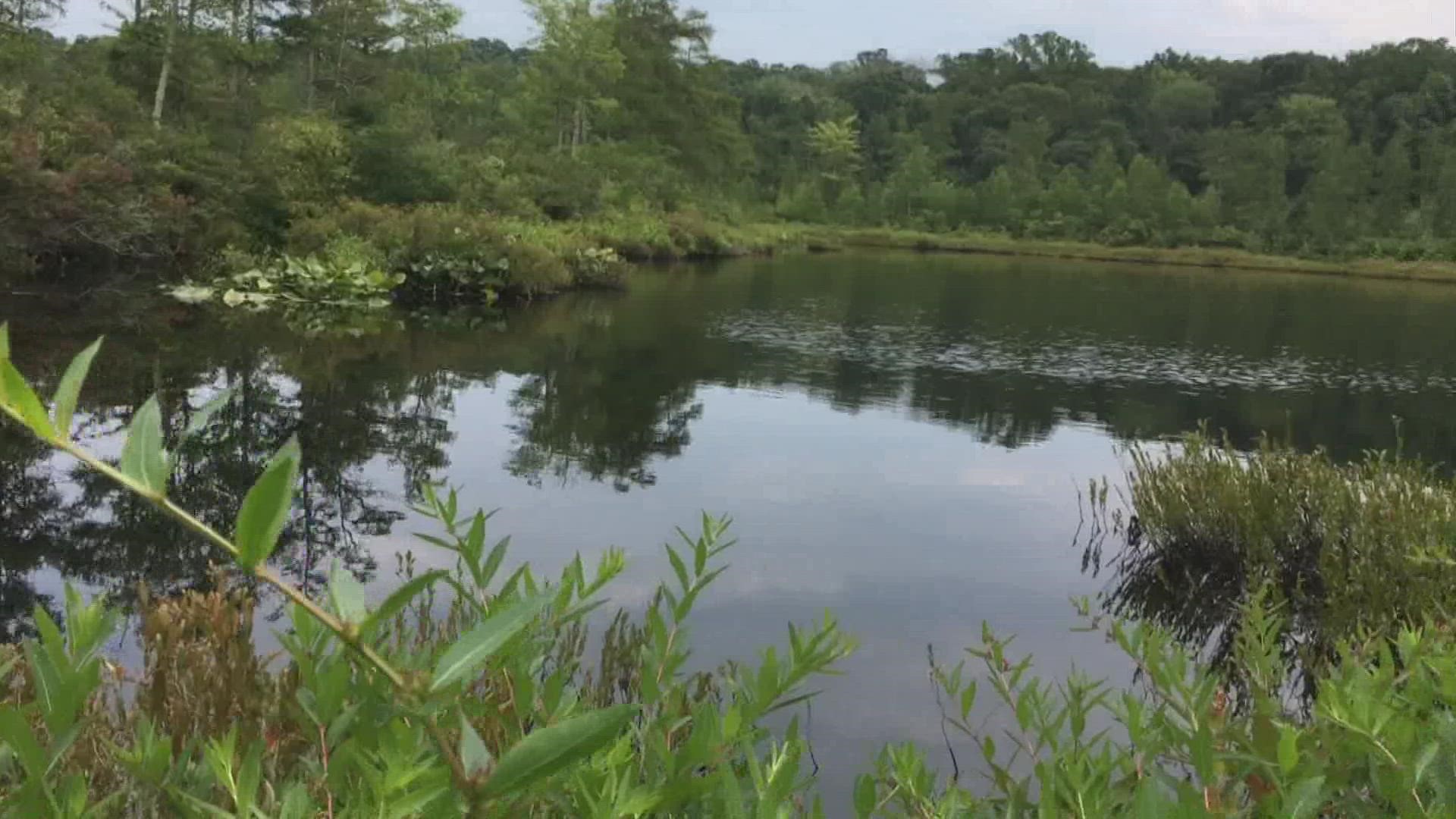COLUMBUS, Ohio — Thanks to the glaciers that have shaped Ohio’s topography, we were once home to over 155,000 acres of peatland.
According to Dr. Matt Davies, the Associate Professor of Soil and Plant Community Restoration at Ohio State University, “after the ice sheets retreated, lumps of stagnant ice and sediment left behind little depressional hallows in which wetlands formed and gradually collected vegetation."
These pockets of mosses, sediment and water have been collecting for decades, layering themselves with nutrients that benefit the environment. As of today, there are around 40 peat bogs in the state.


This natural “time capsule” has not only collected fossils and pollen dating back to the last glacial period, but also carbon.
“Thirty feet of peat that is accumulated is a huge stock of ancient carbon that has been taken out of the atmosphere. The vegetation associated with it is still growing and sequestering carbon to this day," Davies said.
So with the depletion of these peat bogs, more carbon and hazardous greenhouse gases will impact the atmosphere
If you want to help with the restoration of our local peat bogs, you can support these local organizations:
- Cranberry Bog State Nature Preserve
- Flatiron Lake Bog Nature Preserve = The Nature Conservancy
- ODNR
- Western Reserve Land
- Appalachia Ohio Alliance
If you would like to visit a peat bog in Central Ohio, you can find more information here.

